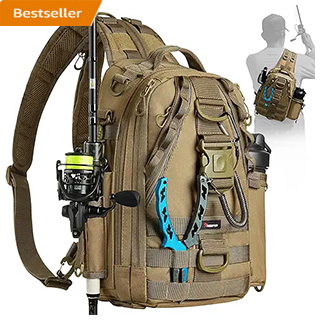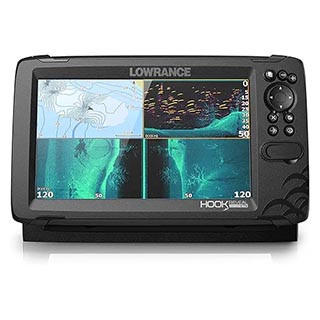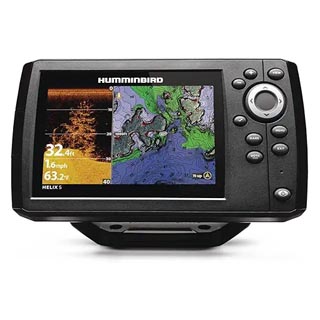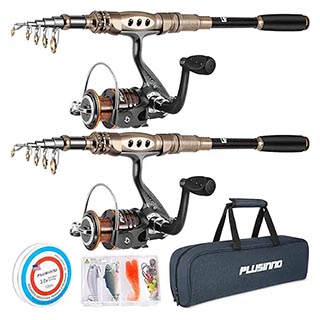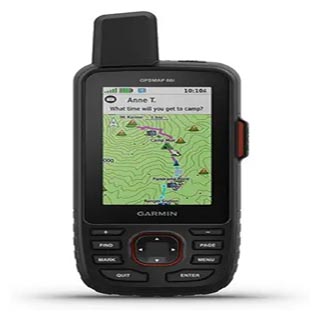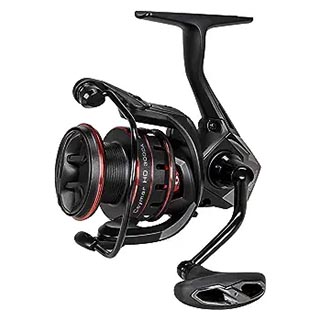Not Just Fishing
Fishing Articles and Information

Finding the Best Lake Catfish Fishing
By Daniel Eggersten
Depending upon the time of year that you decide to visit the lake, catfish fishing results can vary greatly, and you may want to target specific areas of the lake based on the temperature, season, and type of catfish
you're targeting.
All these factors are involved in determining your level of success when spending time at the lake catfish fishing.
First of all, the season can have a great affect on your ability to catch catfish.
At the lake, catfish fishing will usually be best in the late spring and early summer.
During these months, the best catch can be found away from the
shores, in the deeper areas of the lakes. Catfish tend to be more active during these months, having recently spawned, and will be
out and about, searching for food.
By comparison, you may often find that catfishing in early and mid spring is most
productive closer to the shoreline or in more shallow areas, where catfish choose to spawn.
Be sure to target holes and heavy cover during these months, as these are choice locations for a nest of eggs being laid by a female or watched by a male.
If you choose to go lake catfish fishing in late fall or winter, be sure to stick to the warmest, deepest waters and target
deep holes. In fact, a depth finder could definitely come in handy in such a situation to find your catch.
The breed of catfish you seek can definitely have an affect on your fishing techniques and habits as well. While there are
actually several kinds of catfish to choose from, the most common (and most popular) to target in North America are the channel
cat, the blue catfish, and flatheads.
By far the most common (and smallest) of the three is the channel catfish, which can be found in most parts of the United States.
These catfish are not at all picky about where they live and simply choose to stay in warm waters with lots of material to scavenge
for food.
Typically, channel cats will often be found in drainages and other creeks and spillways off the lake or near the dam, where there is lots of "free" food to be found.
Because these
catfish are about the right size to make a meal for blues and flatheads, you are most likely to find large numbers of them in smaller
lakes where the other catfish are not as common.
When searching for flatheads, you'll want to target murky areas with lots of cover, where the lake bottom is sandy or muddy. Try night fishing off the bank with a trotline, since
flatheads come up to the shallows to feed "after hours".
Fishing for blues in lakes - you should
target clearer waters with faster currents, and you should definitely look toward larger
lakes for these giants.
Blues and flatheads are most concentrated in the Midwest, in lakes that are centered around the Mississippi
River, one of their native homes.
Dan Eggertsen is a fishing researcher and enthusiast who is commited to providing the best catfish fishing information possible.
